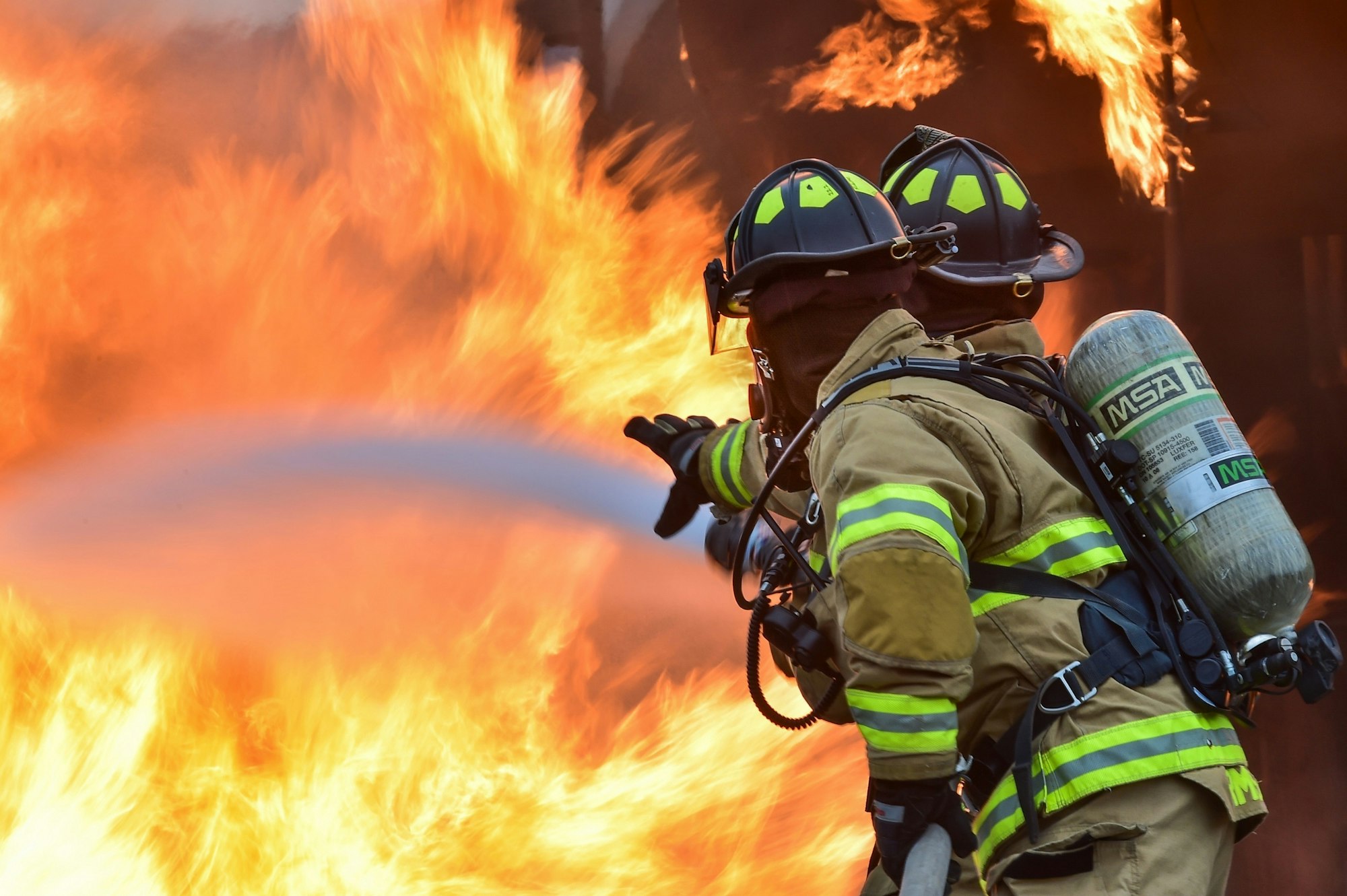Why Do Fire Districts Exist?
There are several factors that will influence the development of a fire district, however, typically the main driving factor is to bring smaller communities and unincorporated areas together under one fire service provider. This helps to provide better service to all the area while reducing redundancy in service and costs associated with this redundancy.

The next question you might ask is how can there be a redundancy in fire protection coverage? Every community needs fire trucks right? This is true however, oftentimes small neighboring communities will have stations very close together because of the size of these communities. Each of these communities will have several types of fire apparatus as well to service each community. This close proximity and large number of apparatus causes an overlap in coverage based on time and distance. Stations staffing and apparatus are a big cost to each community. Having the ability to share these resources while providing better area coverage makes fire districts very effective.
An example of this is Northern Minnesota where several smaller townships outside of Duluth all have fire stations, they refer to them as fire halls, with several fire trucks within very close proximity of each other. Each fire hall in each community has 1 to 3 fire engines and often a ladder, water, brush, and rescue truck. Now with the development of the Cloquet Area Fire District, 5 communities and unincorporated areas in two counties have service provided by one fire district. This reduced the number of fire apparatus while providing all the communities with 24/7 career fire protection. As a huge bonus, Cloquet Area Fire District also provides advanced life support ambulance service to all the communities they serve.
Another example is in Northern Colorado. Mountain View Fire Protection District covers over 2 hundred square miles and 4 communities. Mountain View covers the communities of Dacono, Erie, Mead, Niwot, and a large area of unincorporated land with 6 stations. This helps to provide better service to smaller communities that simply do not have that tax base to support a full-time career fire department. It also provides service to unincorporated county areas that do not have structured government oversight and budgets like a typical city township would.
Are Districts Structured Different from Departments?
The structure is pretty typical to a city department. However, due to the need to often cover large areas that have little or no fire hydrant system you will find apparatus to move water, often referred to as Tanker or Tender trucks. You will also often find smaller fire trucks, call brush trucks to respond more effectively to grass and wildland fires.
The big difference is how they are governed and funded. A city fire department is governed by the city manager and city council. The fire department is funded by the same revenue sources that the entire city is funded by. Typically sales taxes. These funds are shared by all departments within the city.
A fire district is governed by a fire board. This board is typically 3 to 7 people. The people on the fire board are usually a representative from each community within the district. A fire district is typically funded by property taxes from the communities within their response area.
Fire districts often have more flexibility in managing their budget. their budget is also often much more predictable and stable. Property taxes typically do not see big increases and decrease over time. A city budget however, can have large swings in budget, both from predicted and unpredicted economic impacts. This can, at times, have a big impact on a fire department operating budget.
An example of this was during the COVID pandemic. City fire departments saw big challenges due to nearly non existent sales tax revenue felt by the city they provide service for. During that same period of time fire districts that were funded by property taxes, often referred to as Mill Levy’s, saw very little impact during the same time period.
